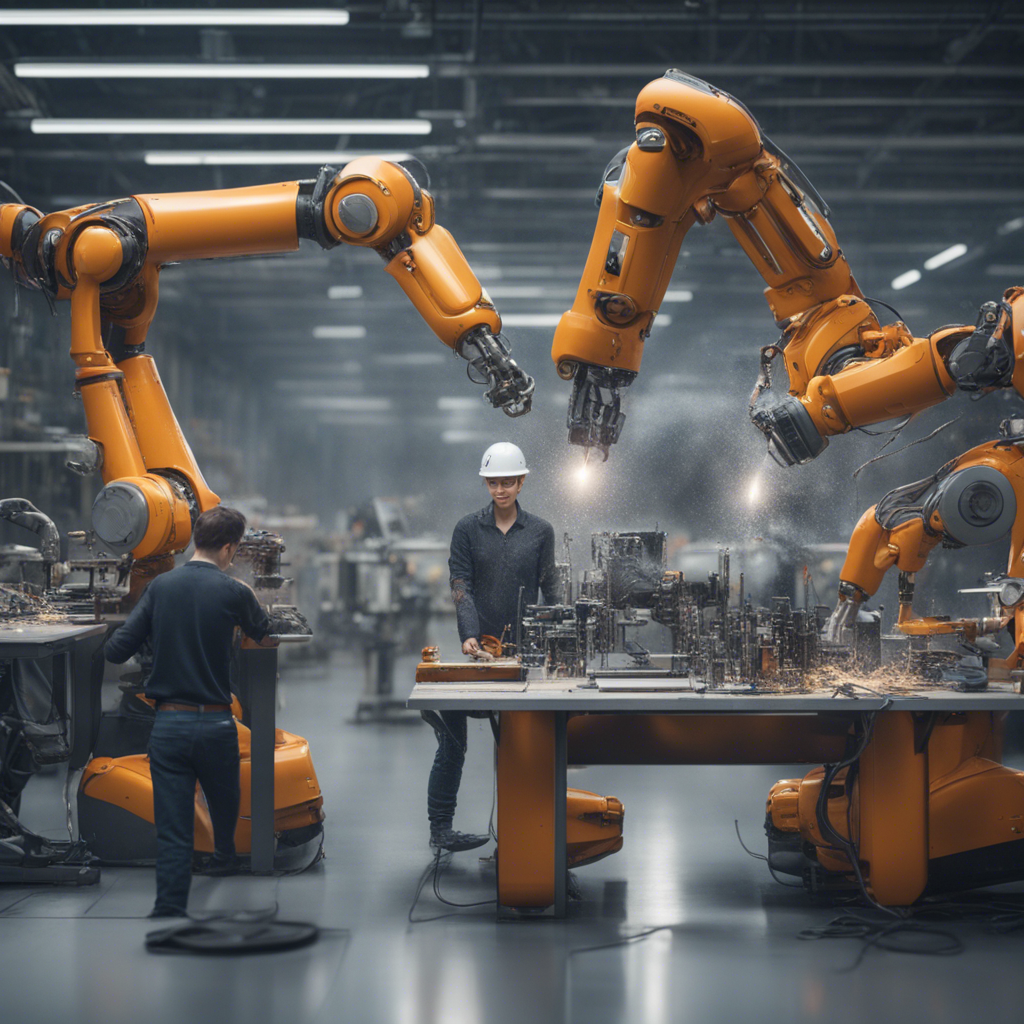
The Rise of Domestic Robots Changing Household Dynamics
In recent years, there has been a surge in the development and adoption of domestic robots that are revolutionizing household dynamics. These robots are designed to assist with various tasks, ranging from cleaning and cooking to entertainment and companionship. The advancements in robotics technology have made these robots more sophisticated, affordable, and user-friendly, leading to their widespread integration into modern homes.
Transforming Household Chores
Robotic vacuum cleaners, such as the popular Roomba series by iRobot, have become ubiquitous in many households. These devices use sensors and algorithms to navigate through homes, effectively cleaning floors without human intervention. They have not only simplified the tedious task of vacuuming but also improved indoor air quality by reducing dust and allergens.
Similarly, robot mops like the Braava series by iRobot or the Ecovacs Deebot T8 AIVI offer automated mopping solutions, further easing the burden of household chores. These robots can map out floor plans, avoid obstacles, and provide customizable cleaning schedules, making them efficient and convenient tools for maintaining clean and hygienic living spaces.
Enhancing Safety and Security
Home security is another area where domestic robots are making a significant impact. Robot companions like the Amazon Ring Always Home Cam or the Loomo Segway Robot can patrol homes autonomously, providing real-time surveillance and alerts to homeowners. These robots offer peace of mind by monitoring for potential intruders or emergencies, enhancing the overall safety of the household.
Furthermore, advancements in AI and machine learning have enabled robots to recognize family members, learn their routines, and adjust their behavior accordingly. This personalized interaction not only enhances the security features of these robots but also fosters a sense of companionship and familiarity within the home environment.
Promoting Personalized Assistance
Domestic robots are also expanding their roles beyond chores and security to provide personalized assistance to individuals within the household. Social robots like Jibo or Pepper are designed to engage with users through natural language processing and emotional intelligence, offering companionship and entertainment for children and the elderly alike.
Moreover, healthcare robots such as BUDDY or Mabu have been developed to support individuals with medical conditions or disabilities. These robots can remind users to take medication, track vital signs, and provide social interaction, contributing to improved health outcomes and overall well-being.
The Future of Household Dynamics
As domestic robots continue to evolve and diversify, they are expected to play an increasingly integral role in shaping household dynamics. The advancements in AI, robotics, and connectivity are driving innovation in the design and functionality of these robots, making them more intelligent, intuitive, and integrated with smart home systems.
The rise of 5G technology and the Internet of Things (IoT) will further enhance the capabilities of domestic robots, enabling seamless communication and coordination between devices for efficient task management and home automation. Additionally, ongoing research and development in human-robot interaction are focused on enhancing user experience and acceptance, ensuring that these robots seamlessly integrate into everyday life.
In conclusion, the rise of domestic robots is revolutionizing household dynamics by simplifying chores, enhancing safety and security, and providing personalized assistance to individuals within the home. As these robots become more sophisticated and prevalent, they have the potential to transform the way we live, work, and interact within our living spaces, ushering in an era of smart, connected, and autonomous homes.



